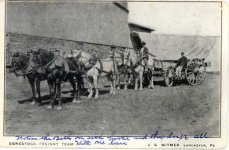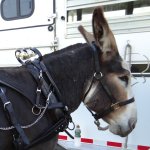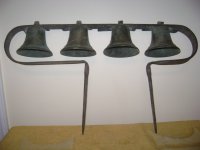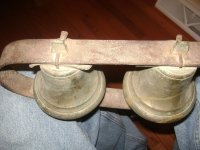Williamsce24
Jr. Member
- Oct 20, 2023
- 46
- 83
The bell has a 3 on top I'm guessing that's the size? Found at a site that was on an 1890 map. Also anyone know what this plate thing is with the girl on it? Seems to have some kind of letters on the outer rim. Any info is appreciated!
Attachments
Last edited:


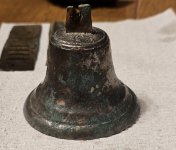
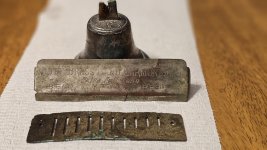
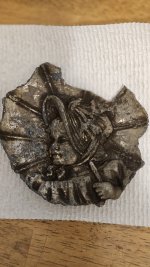
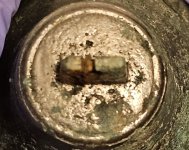
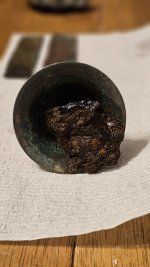
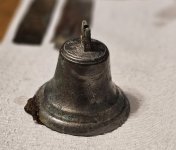

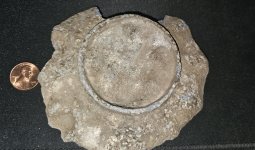
 WELCOME to treasurenet
WELCOME to treasurenet 